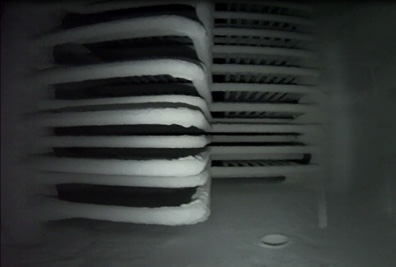It’s PMO Time!
10 septembre 2015 10:46 Laisser vos pensées
Hello friends,
This marks the last installment of my blog to you all. I have really enjoyed sharing with you my experience with Weyerhaeuser and my many outdoor adventures in the Peace Country. With the arrival of September, many are headed back to school but I am looking forward to another 4 months of learning in Grande Prairie before returning for my last four months of school in January. Rather than whipping out my calculator for another year, I found myself diving head first into our three day planned maintenance outage (PMO).
So, what is a PMO you ask? Well, a planned maintenance outage is usually a short shutdown that lasts a few days. This gives plants the opportunity to perform maintenance on key pieces of equipment that we wouldn’t be able to do while the plant is operating. During this brief outage I was in charge of performing a caustic wash on our stripper pre-heater heat exchangers and taking videos of the inside of our recovery boiler prior to and after washing the economizers. With more workers and a strict timeline, it is really important to make sure that we do the jobs safely without taking any shortcuts. Before you complete any task during an outage though, it is important to consider the hazards and risks associated with the tasks.
Performing a caustic wash on heat exchangers allows us to increase flows and improve the heat transfer efficiency of the heat exchanger. These washes occur on a semi regular cycle as preventative maintenance when there is a plant outage. It is important to test the pH periodically throughout the wash because as the caustic eats through the scale and is used up the pH decreases. When the pH drops below the desired value more was added to keep continuing the reactions occurring between the scale and the caustic. We let this system run for approximately 2 hours to give the caustic time to remove most of the scale.
Another part of the PMO I was involved with was the washing of the economizers in the recovery boiler. I was responsible for taking videos inside the economizers through a viewport before and after the wash occurred. It is important for us to take videos before the wash to visually confirm which sections were building up with salt cake. These pluggages can restrict air flow in the economizer section and dramatically impact the efficiency of heat exchange that occurs. If you are wondering what a salt cake build up looks like the picture below gives you a really good idea. In it, you can see how the space of either side of the tube banks is blocked off by salt cake. I really enjoyed recording and analyzing the video’s because it allowed me to see the inside of our economizers which is something you normally cannot see while they are running.

So long for now,
Amy MacTaggart
